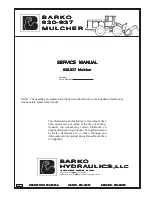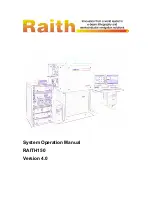
●
●
PippinHT Operations Manual
1-3
460005 Rev G
Figure 1.3
illustrates a gel cassette during elution of DNA fragments. Elution wells are
bound with membranes and collect DNA in electrophoresis buffer.
Important! Fail-Safe for Missed Peak Detection:
Each cassette definition includes a time
value by which all peaks should be called. If the run reaches that specified time, and the peaks
have not been detected, the software decreases the base-to-threshold value by 25% and re-
scans for peaks. It will repeat this with an additional 25% decrease in base-to-threshold if peaks
are still not detected. If peaks are finally detected, the run will proceed as usual.
If peaks are still
not detected, the lane will switch to 'idle'.
This will prevent sample loss. All other lanes will
proceed with the run. Users can then choose to manually elute their sample from that lane once
the run is complete. See section 12.4 and 12.5.
1.3 Collection Strategies
Collection timing (start, duration, and end) is based on the factory calibration
settings provided with a cassette definition file, and the user-input size range settings in
software.
Note:
The agarose gel matrix does not contain intercalating dyes or gel stains, sample DNA
is not viewable or monitored
Size Selections can be undertaken using one of the following strategies:
•
Labeled internal standards
–Fluorescein labeled DNA internal standards are
added to samples, and run ahead of the input sample. The rates of migration of
the internal standards are used to determine the collection timing* within the
sample lane. Up to 12 samples may be run per cassette.
Note:
The DNA sequence of internal standards may be found at
www.sagescience.com/support
on the PippinHT resources page, under the Quick Guide download section.
Figure 1.3
. A gel cassette during Elution. Electrophoretic flow if diverted through elution wells by
activating a second set of electrodes.









































